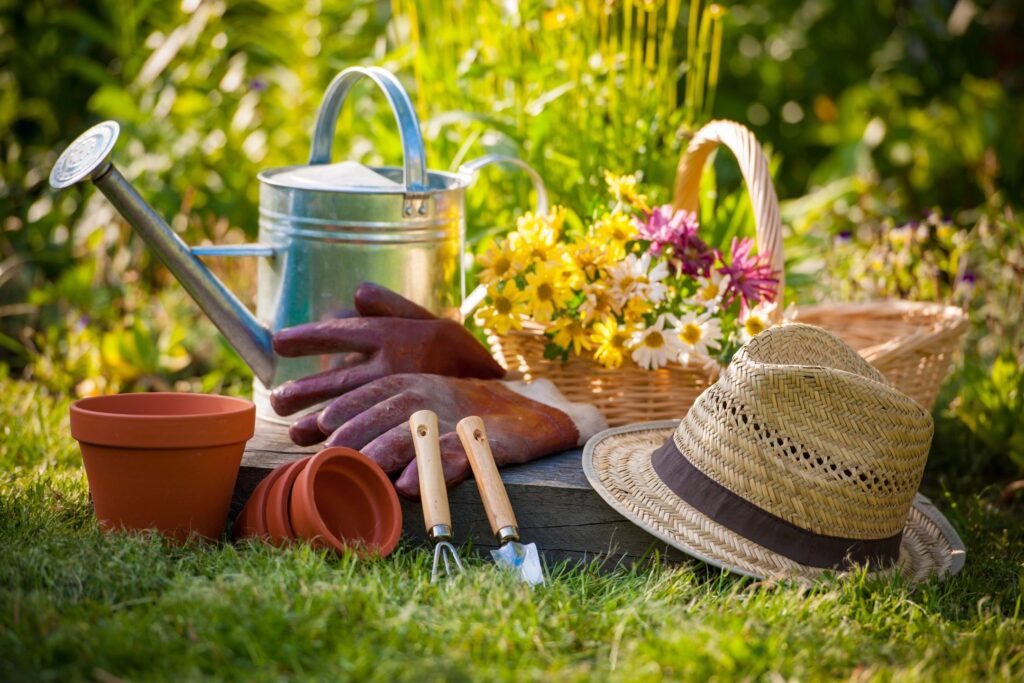Whether it’s due to mobility issues, or just getting tired of the same repetitive work, weeding can be a difficult task for gardeners. However, there are a few tips to help keep gardens weed-free without constant commitment.
Mulch—Not Too Much, But Not Too Little!
Make sure the garden has more plants than mulch. Allowing plants to grow together gets rid of the excess space between plants where weeds tend to grow.
However, gardeners should ensure they put down enough mulch to keep any weed seeds from finding a home in the garden. At a minimum, mulch should be applied as a single coat at least 4 inches deep.
This process will help protect the garden from weed growth from the very start by suppressing weeds from growing and preventing new seeds from getting to the soil below.
Don’t Create Extra Work
After putting down the necessary mulch, it is important to remember not to create more work for yourself. Rather than turning the mulch in hopes of burying the faded mulch and getting a fresher look, try leaving the mulch as it is.
Anytime mulch is disturbed, seeds that have settled on the surface are invited to take root in the garden. By leaving the mulch as it is, gardeners deny the seeds access to the needed soil, thereby preventing more weeds from sprouting in the garden.

Try Cover Crops
Cover crops are plants used to cover the soil. These plants can help keep garden soil protected from any weed seeds that happen to float by.
Additionally, the cover crops are great for preventing erosion in the soil as well as rejuvenating the soil. The added organic matter helps to fix nitrogen levels in the soil for the next gardening season.
There are various types of cover crops, but they all fall into three main categories: grasses, legumes, and broadleaf nonlegumes.
Weeding is never a fun task, but following these three tips can help eliminate a majority of the work. Good luck, and happy gardening!
